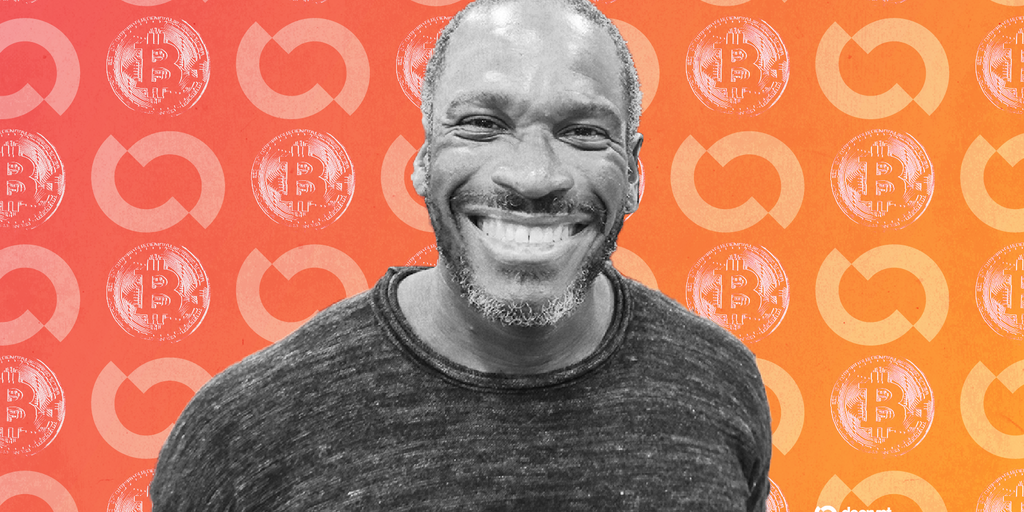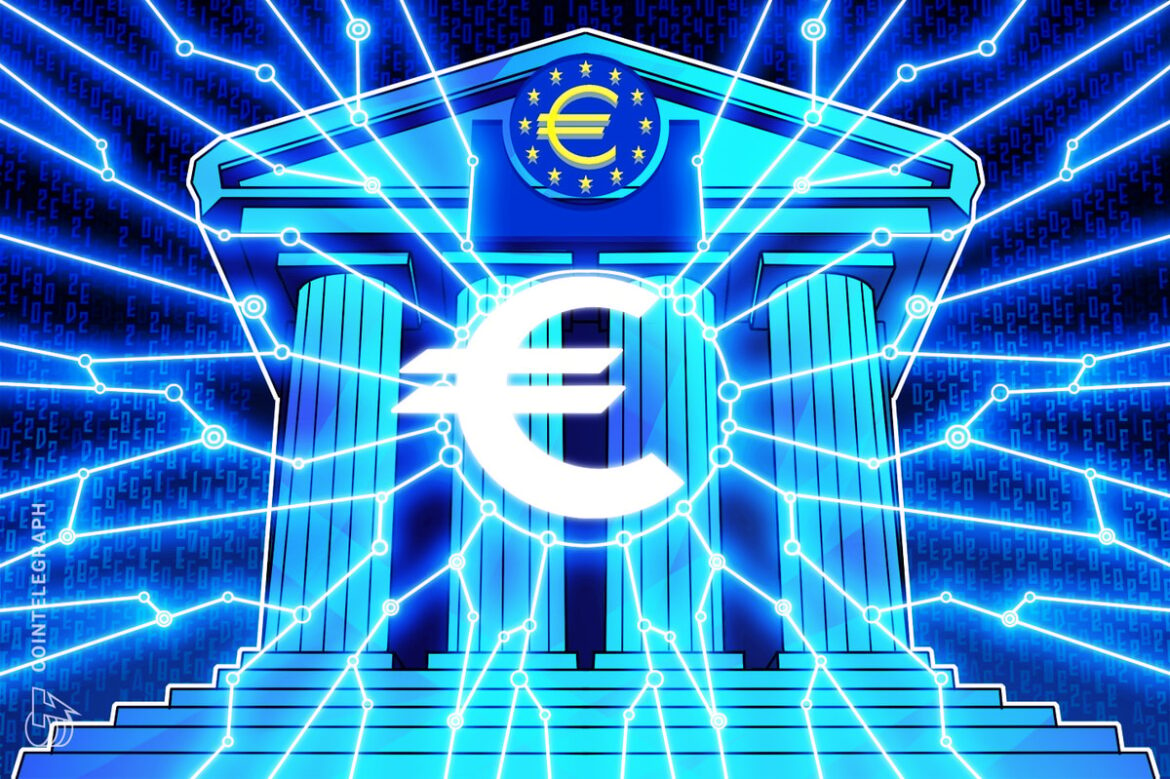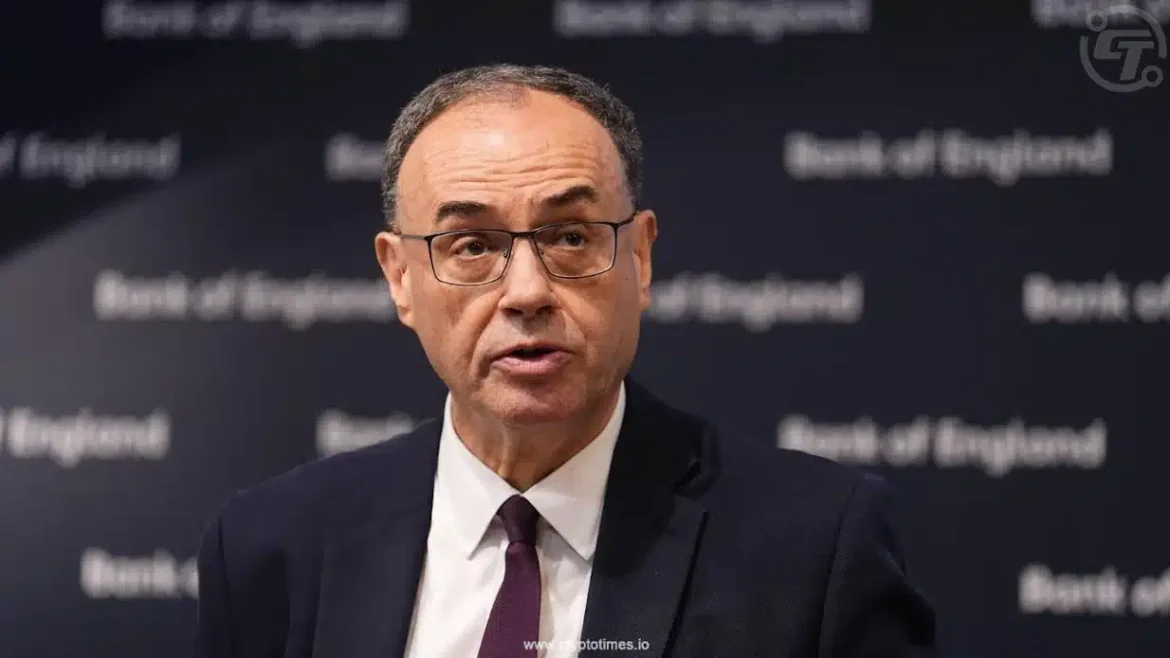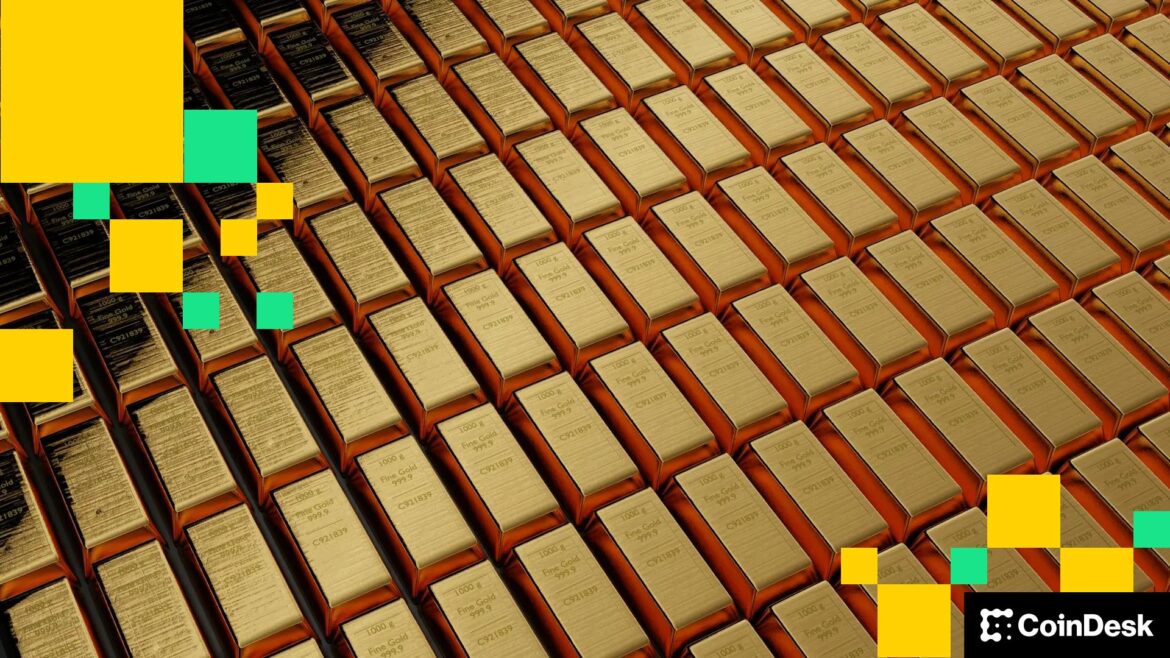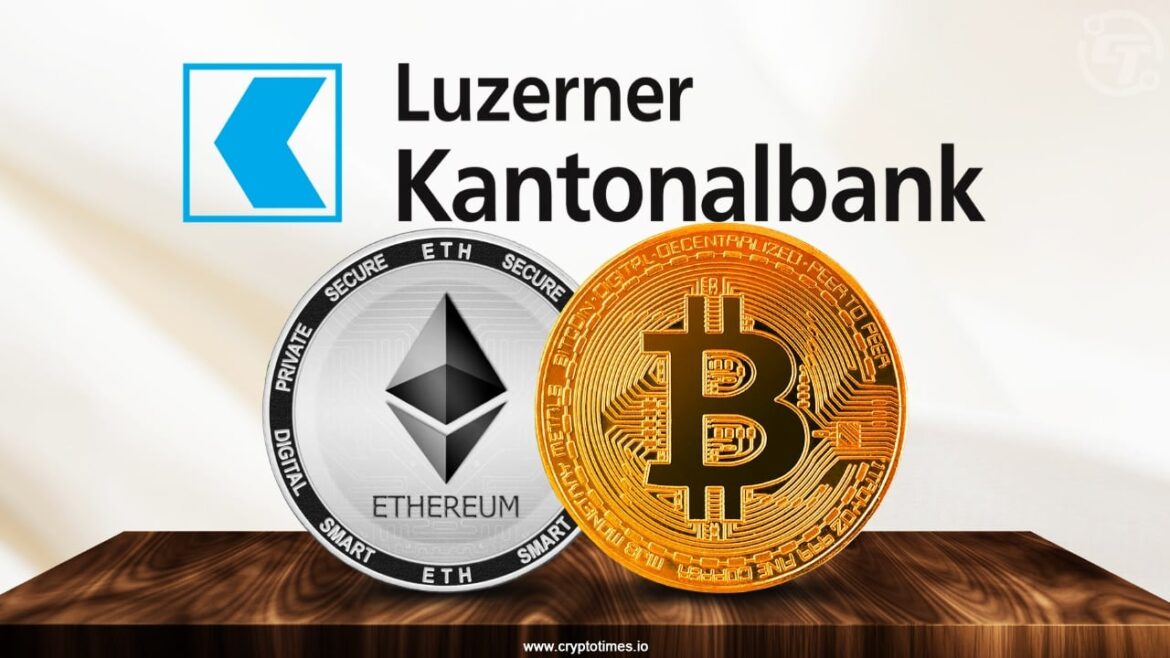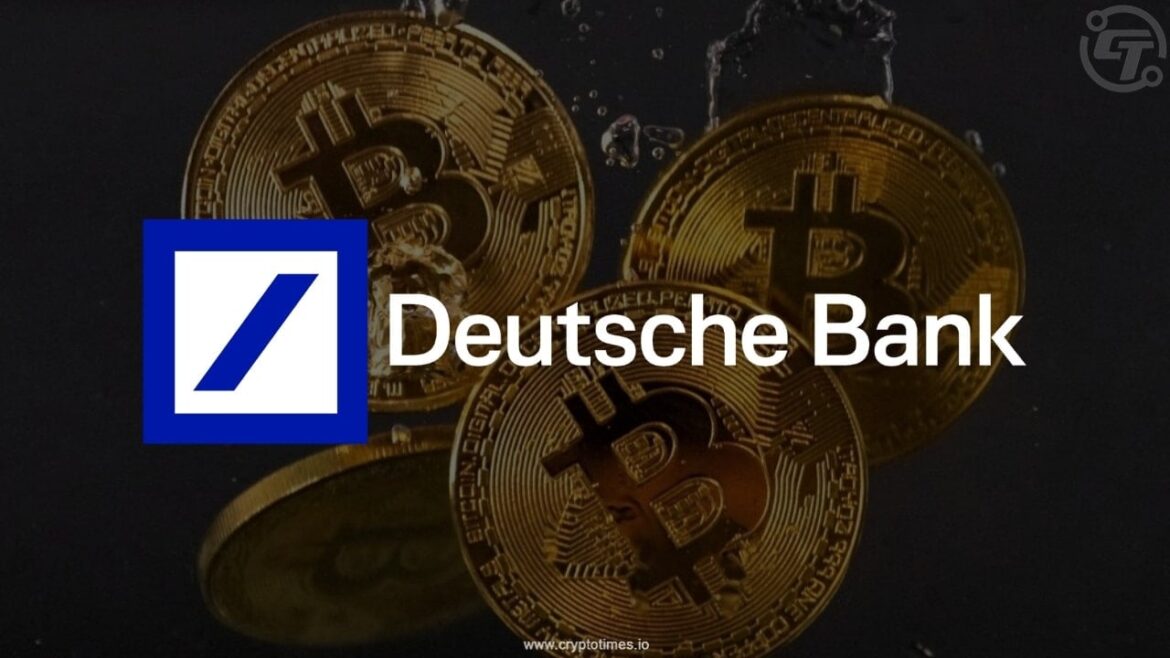In brief
- Arthur Hayes has previously attacked the U.S. Federal Reserve in his blog posts.
- This time he’s focusing on the European Central Bank—and honing in on France’s debt.
- The crypto entrepreneur argues that France’s debt and money printing will cause Bitcoin’s price to surge.
Crypto mogul Arthur Hayes has previously attacked the U.S. central bank when making lofty Bitcoin price predictions. But this time the billionaire is aiming his criticism at the Eurozone.
In a lengthy Wednesday blog post titled “Bastille Day,” the co-founder and former chief of crypto exchange BitMEX said that French citizens moving their money could lead to excessive money printing on behalf of the European Central Bank, in turn benefiting Bitcoin.
Hayes argues that France, the second-largest economy in the Eurozone, has the highest debt, which the central bank will have to tackle by printing to avoid a collapse of the euro.
“The ECB will valiantly print money to forestall the loss of its raison d’être,” Hayes wrote, adding that “France is fucked.”
He continued: “It shall be a glorious day for the faithful as printed euros will combine with printed dollars, yuan, yen, etc to bid up the price of Bitcoin.”
“Either the ECB presses the Brrr button now and implicitly finances the French welfare state, or it does it later when French capital controls threaten to destroy the euro. Either way, money gets printed in the trillions of euros. Bitcoin doesn’t care and will continue its inexorable rise versus the piece of trash that is the euro.”
Hayes has previously said that Bitcoin would end up doing well due to American monetary policy of printing money. The crypto entrepreneur argued earlier this year that Bitcoin’s price could hit $1 million by 2028 due to Federal Reserve monetary policy.
Bitcoin was recently trading for $120,515 per coin, up 7% over the past seven days, with most of the gains occurring this week, according to CoinGecko, following a government shutdown as many investors looked to BTC as a safe-haven asset. The largest crypto by market cap has helped ignite a wider surge in digital assets.
Hayes also forecasted that Ethereum, the second biggest digital coin, will hit $10,000 by the end of 2025. Ethereum stood at $4,492, a nearly 10% gain from a week ago.
Digital asset observers say that investors are interested in cryptocurrencies like Bitcoin during periods of unrest and currency debasement.
Daily Debrief Newsletter
Start every day with the top news stories right now, plus original features, a podcast, videos and more.

